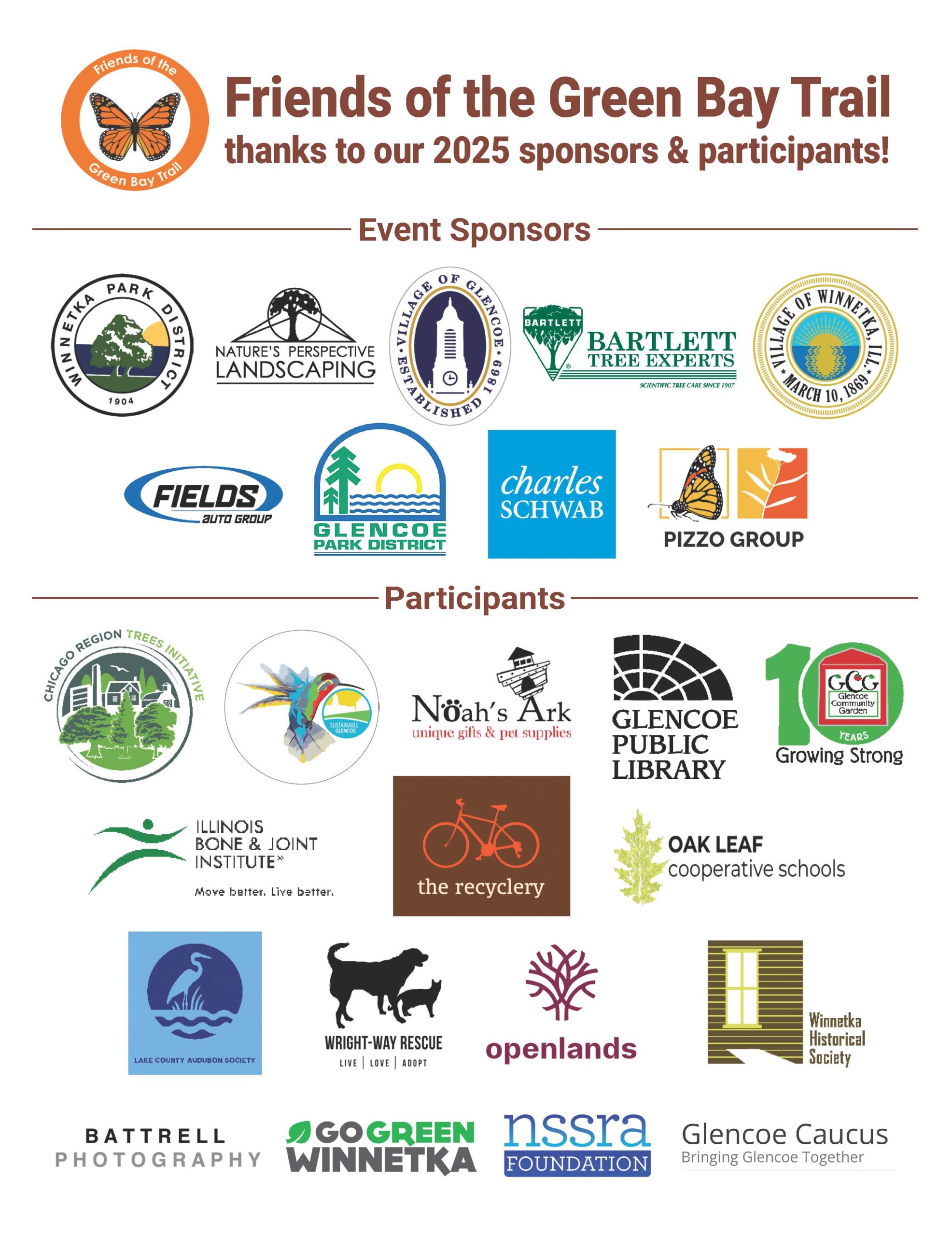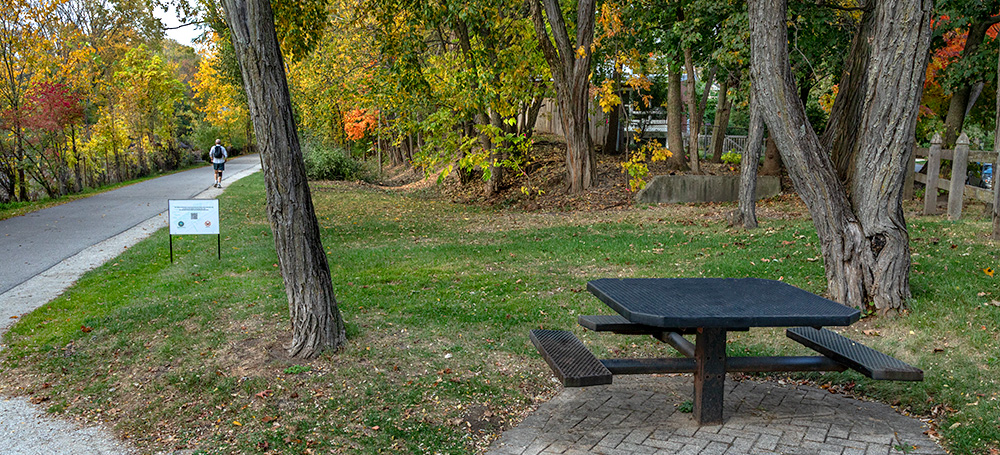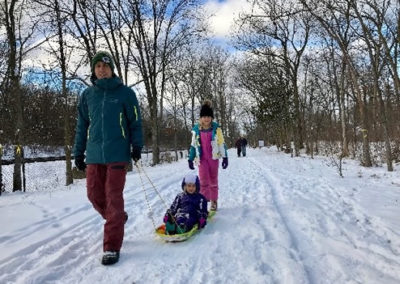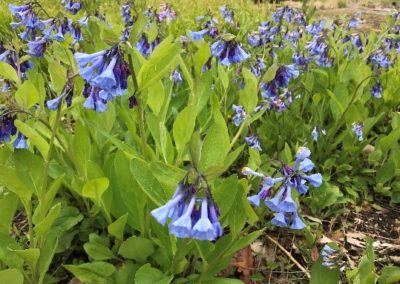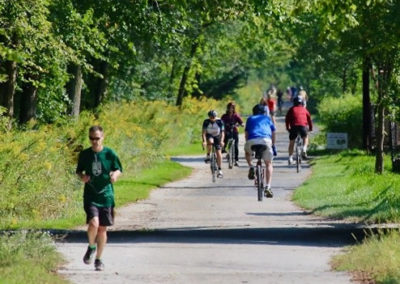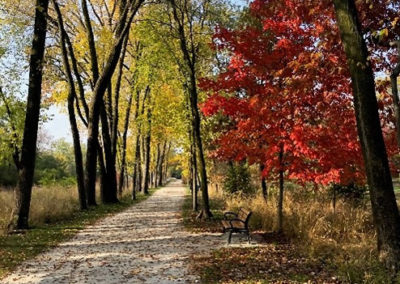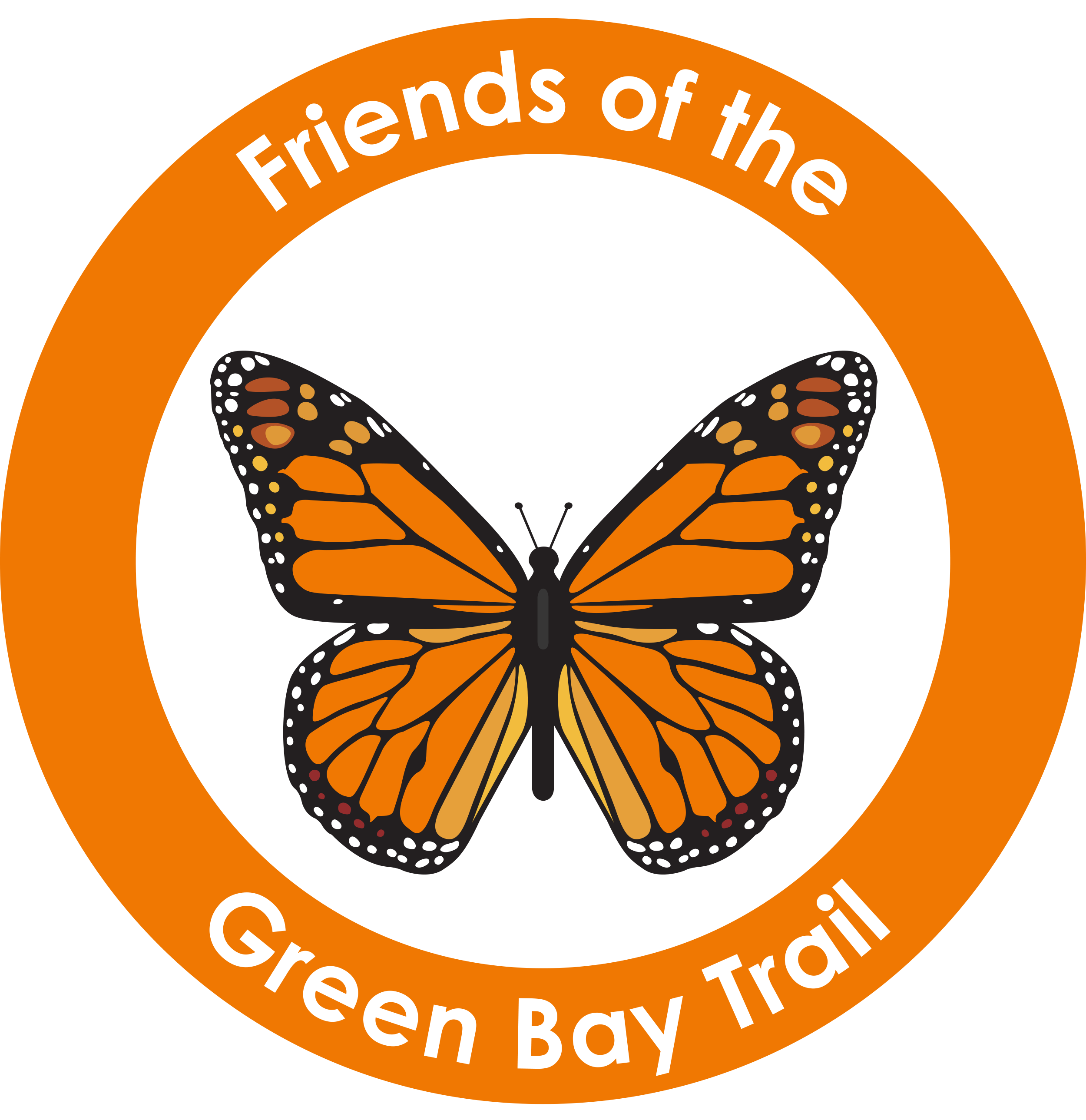Winter Solstice Celebration is cancelled.
Due to forecasted icy and windy conditions on Friday, December 19th The Friends of the Green Bay Trail and the Glencoe Park District have cancelled Friday’s Winter Solstice celebration. The event will not be rescheduled.
Visit the Trail soon to enjoy is seasonal beauty and recreational opportunities.
The Friends and the Glencoe Park District wish you happy holidays. Best wishes for the New Year
Green Bay Trail Day 2025
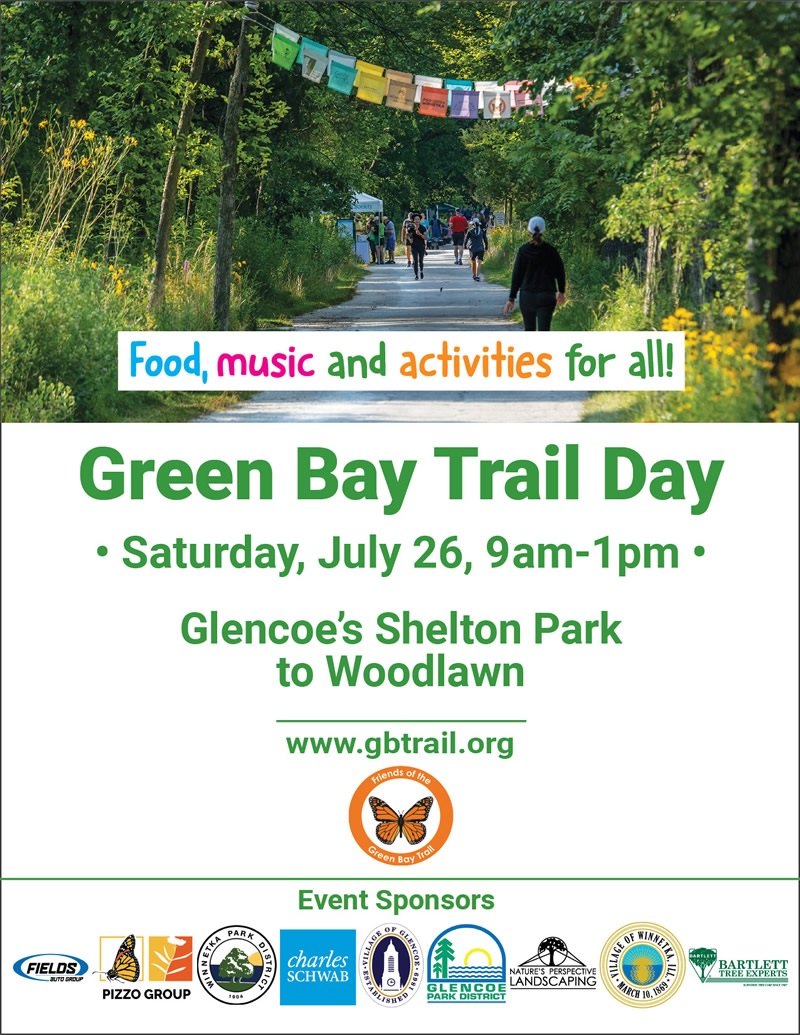
Upcoming Events
Is this for you?
Are you a “Chimp wrangler”? Are you looking for a creative outlet for your design talents? Are you someone looking to give back to your community while developing some new skills?
Well, if any of those questions resonate with you, Friends of the Green Bay Trail can help you!
The Friends are looking for a couple of volunteers to help with our communicating activities (newsletter design and distribution, email & mail graphics, poster/sign design).
Experience with MailChimp and design tools would be helpful. But if you’re willing to learn some of these, that’s good enough for us. It is probably about a 2-hour commitment per month (but never more than a 6). It’s also a great opportunity to learn more about native habitat restoration along the Trail and meet some new friends to boot.
Sound interesting? If so, let’s discuss. Just email Becky or Steve and we’ll set something up. Reach Becky at beckym07@gmail.com, and Steve at stevehuels@gbtrail.org.
Fun Facts – Did you know?
The Restoration Has Begun!
The Friends and the Village of Winnetka have begun restoration of the natural areas along the Trail running through Winnetka. Click here to see a description of the project. Better yet, come down and see the start of the restoration of native species to this section of the Trail.
Views from the Trail Videos
We are pleased to showcase two videos in the Gallery – “A Summer’s Day on the Trail” and “Scenes from the Trail.”
What we do
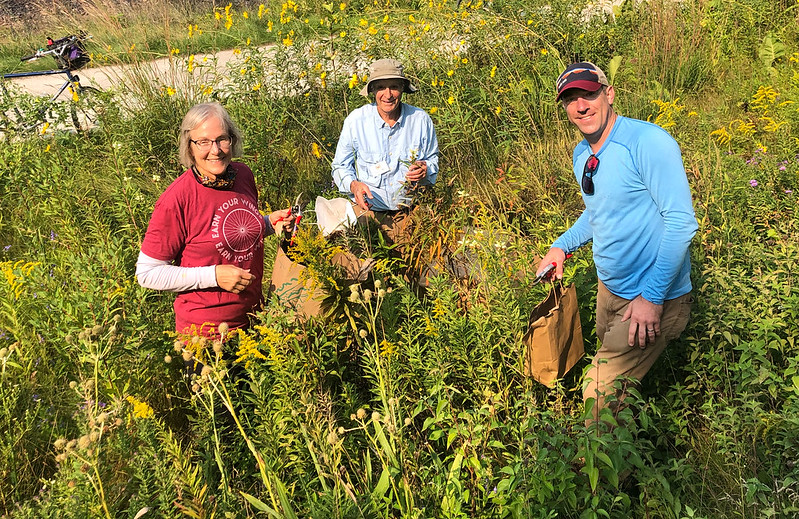
We are environmental stewards of the Green Bay Trail, restoring a natural, prairie eco-system. Our goal is to make the trail a national example of the healthy intersection of nature and culture that inspires community and individual well-being. LEARN MORE
We're on the Map!
The Green Bay Trail has met the Homegrown National Park challenge. The Trail’s restoration showcases results achieved by implementing practices advocated by the Homegrown National Park initiative.
Homegrown National Park cofounders Doug Tallamy, author of Bringing Nature Home, and Michelle Alfandari, advocate using public and private spaces to support and expand biodiversity; “In the past, we have asked one thing of our gardens: that they be pretty. Now they have to support life, sequester carbon, feed pollinators, and manage water.”
83% of U.S. land is privately owned. Tallamy and Alfandari challenge property owners to select ecologically effective plants, shrink lawn size and remove invasives on these sites. These efforts will significantly restore the needed diversity to offset increasing climate change impacts.
*Accept the challenge. Start this fall and view the results next spring.
Get on the Map
Become a Homegrown National Park
Native Keystone Plants for Wildlife
Garden for Wildlife

